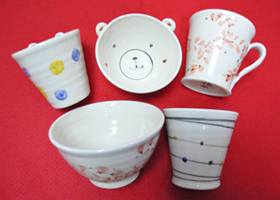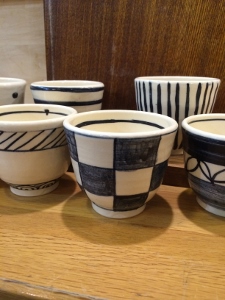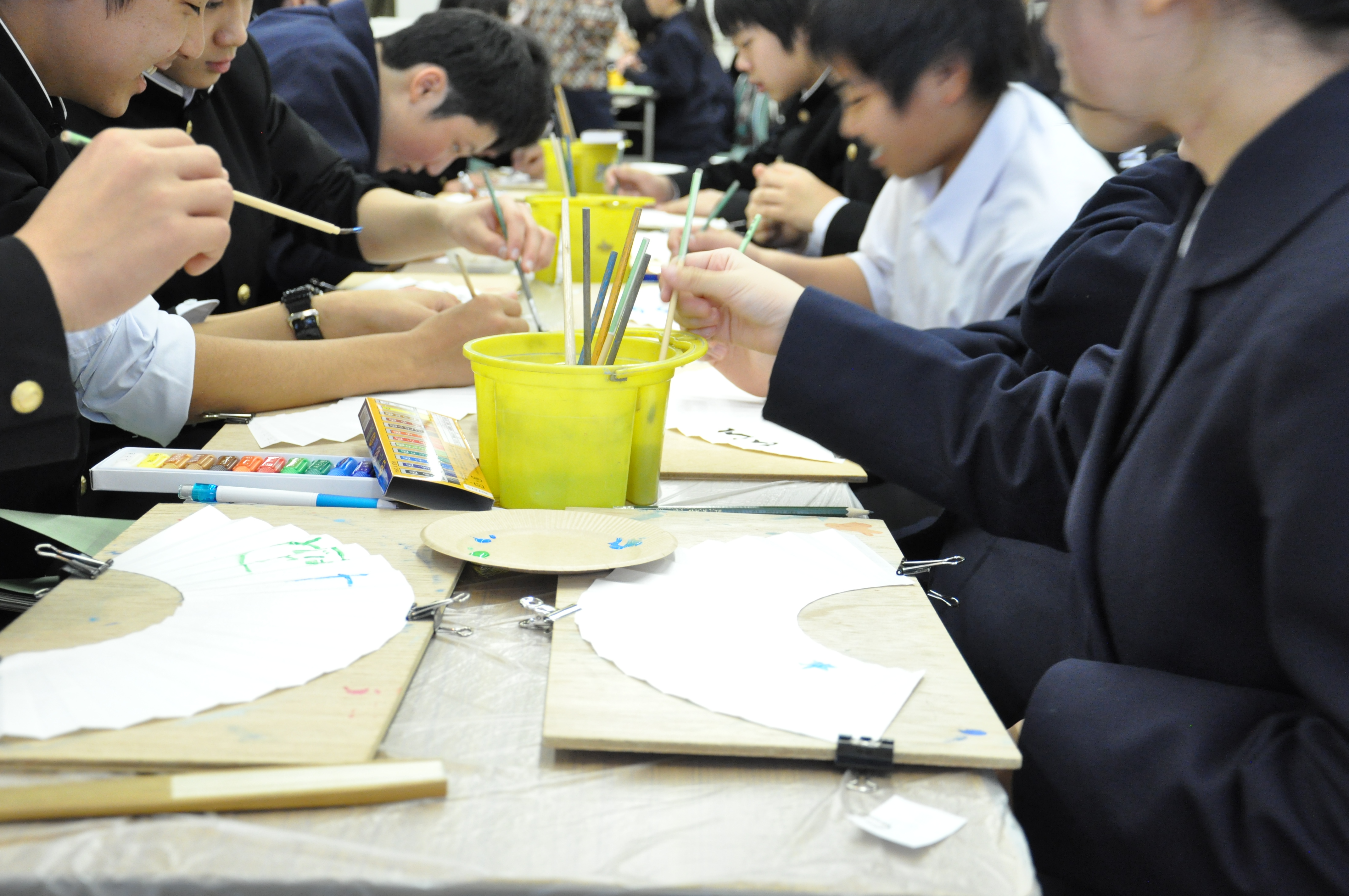Kyoto traditional ceramics are called Kyoyaki or Kiyomizu-yaki. The history of pottery in Kyoto started in the 8th Century with earthenware made in kilns in the eastern parts of the city. In the 15th Century a new technique using glaze was introduced from China. This is also a time since when Kyoto potters started to decorate ceramics with vivid colors.
There are two types of Kyoto ware decoration: overglaze decoration, when the decoration is applied at the top of already fired and glazed pottery, and underglaze decoration, when the decoration is applied at a piece before firing and glazing.
There are five colors to choose from when making the overglaze decoration. Using this technique makes it possible to correct the coloring if necessary. In contrast there is only one color available when doing the underglaze decoration, and once the color and pattern are applied, there is no way to correct it.


